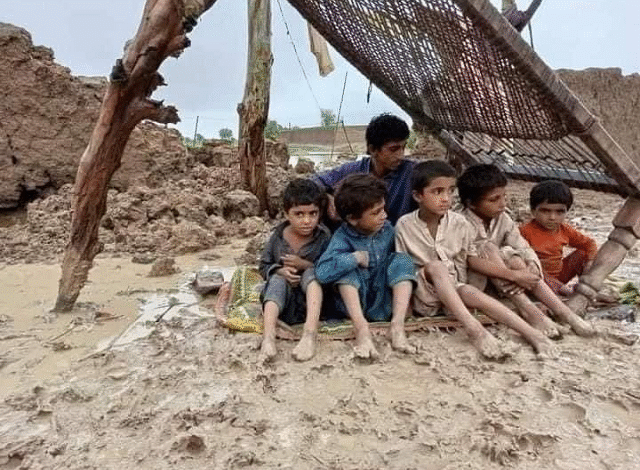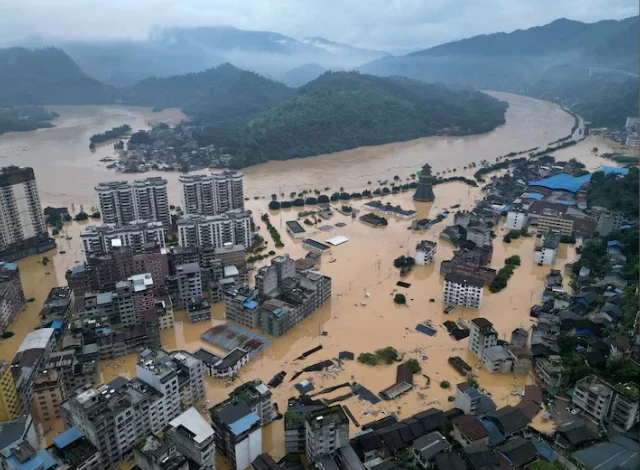
Pre-Monsoon Rains Lash Sindh, Bringing Relief and Chaos
HYDERABAD:
Pre-monsoon showers swept across Sindh on Thursday and Friday, providing much-needed respite from scorching heat but also triggering urban flooding, power outages, and tragic incidents. In a devastating event in Tando Jam, Hyderabad, the roof of a seminary collapsed amid the rain, killing two children and injuring 11 others, including two adults.
The Pakistan Meteorological Department (PMD) reported substantial rainfall totals by 5:30 pm on Friday: 53 mm in Tharparkar, 49 mm in Shaheed Benazirabad, 43 mm in Hyderabad, 24 mm in Mirpurkhas, 18 mm in Badin, and 16 mm each in Thatta and Sukkur.
Shaheed Benazirabad was among the worst-hit areas, with rainwater entering homes and disrupting business in local markets.
In Hyderabad, strong winds and heavy rainfall uprooted trees and toppled transmission poles belonging to the Hyderabad Electric Supply Company (HESCO), plunging many areas into darkness. Five transmission poles on the Horse Ground, part of the Qasimabad Grid Station system, collapsed, according to HESCO spokesperson Sadiq Kubar.
Citizens also faced telecommunication disruptions, and widespread complaints emerged about road damage and stalled drainage. Poor engineering and inadequate infrastructure were exposed as major roads turned into virtual streams of sewage-mixed water.
Key roads and neighborhoods, including Shahrah-e-Miran Muhammad Shah, Liaquat Colony, American Quarters, and Auto Bhan Road, experienced severe traffic gridlocks and flooding. Religious visitors heading to Qadam Gah Moula Ali (RA) were forced to wade through knee-deep contaminated water.
Urban flooding was reported in Latifabad, Qasimabad Phases I and II, Pakistan Chowk, Sarfaraz Colony, Timber Market Road, Tando Yusuf, Phuleli, Noorani Basti, and Goods Naka. These areas remained submerged for hours, disrupting both vehicular and pedestrian movement.
In just 48 hours, the relentless rain paralyzed life in Sindh’s second-largest city. Commercial hubs suffered millions in losses due to water entering shops and stalls. Homes, particularly in low-lying areas, reported basement and living area flooding, while weakened roads developed dangerous potholes.
Adding to the crisis, several graveyards were also inundated, compounding the distress of residents already dealing with collapsed infrastructure and insufficient emergency response.






